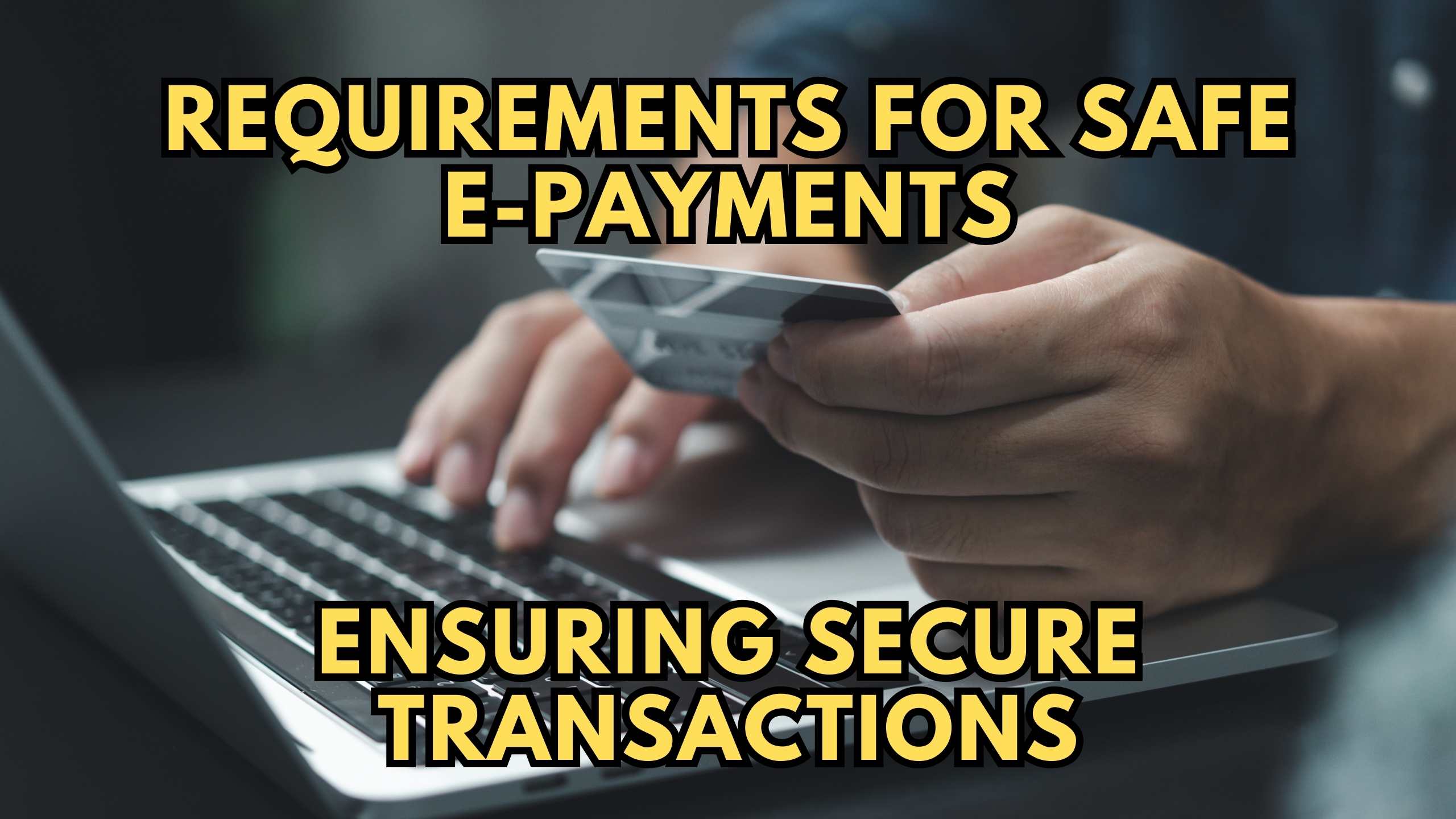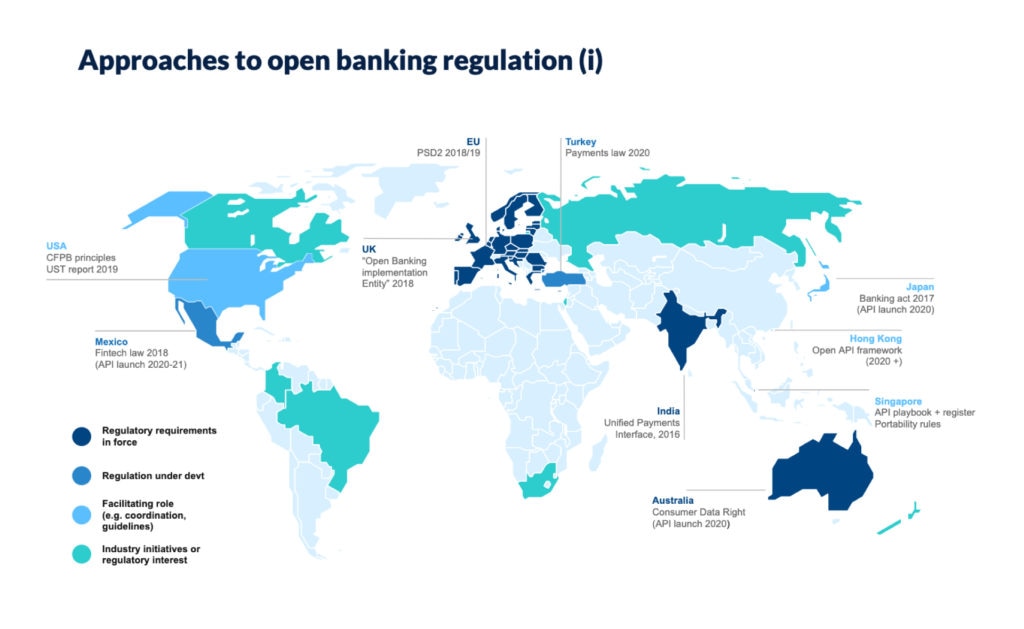
Payment System Regulations: Ensuring Security, Efficiency, and Trust in the Digital Age
In today’s fast-paced digital world, sending and receiving money has become incredibly easy. From tapping your card at a store to sending money to a friend through an app, payment systems are the invisible engines that power our economy. But have you ever stopped to think about what makes these transactions safe, reliable, and fair? The answer lies in Payment System Regulations.
These regulations aren’t just dry legal documents; they are the fundamental rules that safeguard your money, protect your privacy, and ensure that the financial highways of our global economy operate smoothly. Without them, the digital payment landscape would be a chaotic and risky place.
This comprehensive guide will break down payment system regulations, explaining what they are, why they’re crucial, who enforces them, and how they benefit everyone from individual consumers to giant corporations. We’ll use simple language to make this often-complex topic easy for beginners to understand.
What Are Payment System Regulations?
At its core, payment system regulation refers to the set of laws, rules, and guidelines established by governments, central banks, and other financial authorities to govern how money is moved and processed. Think of them as the "traffic rules" for financial transactions, ensuring everyone follows the same standards for safety and efficiency.
These regulations cover a wide range of activities, including:
- How banks and financial institutions handle your money.
- The security standards for online payments and mobile apps.
- Rules for how quickly payments must be processed.
- Measures to prevent financial crime like fraud and money laundering.
- Protections for you, the consumer, if something goes wrong.
Why Do We Need Them? The Core Reasons:
- Protect Consumers: To ensure your money is safe, transactions are transparent, and you have recourse if fraud or errors occur.
- Prevent Financial Crime: To stop illegal activities like money laundering, terrorist financing, and outright fraud.
- Ensure System Stability: To prevent major failures or disruptions in the payment system that could harm the economy.
- Promote Fair Competition: To ensure that new payment providers (like fintech companies) can enter the market fairly and innovate, rather than having a few large players dominate.
- Maintain Efficiency: To make sure payments are processed quickly, reliably, and at a reasonable cost.
The Pillars of Payment System Regulation: Security and Efficiency in Detail
Payment system regulations are built on several key principles, all working together to create a robust and trustworthy environment.
1. Ensuring Security & Fraud Prevention
This is perhaps the most visible and critical aspect of regulation. It’s about building digital fortresses around your money and data.
- Cybersecurity Standards: Regulations mandate that payment providers use strong encryption, secure networks, and advanced authentication methods (like two-factor authentication) to protect against hacking and data breaches.
- Anti-Money Laundering (AML) & Know Your Customer (KYC):
- KYC: Requires financial institutions to verify the identity of their customers. This means asking for your ID, address, and other details to ensure you are who you say you are.
- AML: Involves monitoring transactions for suspicious patterns that might indicate illegal activities like drug trafficking or terrorism financing. If a transaction looks unusual, the institution must report it to authorities.
- Data Protection & Privacy: Regulations like GDPR (General Data Protection Regulation) in Europe dictate how payment companies collect, store, and use your personal and financial data. They ensure your information is handled responsibly and not misused.
- Payment Card Industry Data Security Standard (PCI DSS): While not a government regulation, this is a globally recognized set of security standards that all organizations processing, storing, or transmitting credit card information must adhere to. It’s enforced by the major card brands (Visa, Mastercard, etc.) and acts as a de facto regulation for card payments.
2. Protecting Consumers
Regulations are designed with the individual user in mind, making sure you’re treated fairly and have rights.
- Transparency: Payment providers must clearly disclose fees, exchange rates, and terms and conditions so you know exactly what you’re paying for.
- Dispute Resolution: If a transaction goes wrong (e.g., an unauthorized payment or a service not delivered), regulations outline clear processes for you to dispute the charge and potentially get your money back.
- Liability Rules: These define who is responsible if fraud occurs. Often, if you report unauthorized transactions promptly, you are protected from significant losses.
- Accessibility: Some regulations also aim to ensure payment systems are accessible to everyone, including those with disabilities.
3. Promoting Market Stability & Competition
Regulations aren’t just about control; they also foster a healthy and innovative market.
- Preventing Monopolies: Rules might prevent a single company from dominating the payment landscape, encouraging smaller players and new technologies to emerge.
- Interoperability: Regulations can ensure that different payment systems can "talk" to each other, so you can easily send money between different banks or apps.
- Innovation: By providing a clear, secure framework, regulations can actually encourage innovation. Companies know the rules of the game, which reduces uncertainty and allows them to build new services confidently. The EU’s PSD2 (Payment Services Directive 2) is a prime example, enabling "Open Banking" where third-party providers can access bank data (with customer consent) to offer new financial services.
4. Ensuring Operational Efficiency & Resilience
Beyond security, regulations focus on the smooth and reliable functioning of the entire payment infrastructure.
- Reliability & Uptime: Rules often require payment systems to maintain high levels of uptime and provide backup systems to prevent disruptions.
- Settlement Finality: Regulations ensure that once a payment is made, it is final and cannot be easily reversed, providing certainty for both senders and receivers.
- Business Continuity Planning: Financial institutions are required to have plans in place to continue operations even in the face of disasters or major system failures.
Who Sets and Enforces These Rules?
A variety of powerful entities work together to create and enforce payment system regulations.
- Central Banks / Monetary Authorities: (e.g., The Federal Reserve in the US, the European Central Bank, the Bank of England). These institutions often have the primary responsibility for overseeing payment systems, ensuring their stability, and setting monetary policy.
- Government Agencies: (e.g., The Treasury Department, Financial Crimes Enforcement Network (FinCEN) in the US, the Financial Conduct Authority (FCA) in the UK). These agencies focus on specific aspects like anti-money laundering, consumer protection, and market conduct.
- International Bodies: (e.g., Financial Action Task Force (FATF), Bank for International Settlements (BIS)). These organizations develop global standards and recommendations, especially for issues like AML/CFT (Combating the Financing of Terrorism) and cross-border payments, which national governments then adapt.
- Industry Bodies & Associations: While not government entities, organizations like the Payment Card Industry Security Standards Council (which maintains PCI DSS) create vital standards that are widely adopted and often act as benchmarks for regulatory compliance.
Key Regulatory Frameworks & Concepts You Might Encounter
Here are some specific examples of regulations and concepts that shape the payment world:
- Anti-Money Laundering (AML) & Know Your Customer (KYC): As mentioned, these are global efforts to combat illegal financial activities. Every regulated financial institution must have robust AML/KYC programs.
- General Data Protection Regulation (GDPR) (Europe): A landmark regulation that sets strict rules on how personal data (including financial data) is collected, stored, processed, and shared. It gives individuals significant rights over their data.
- Payment Services Directive 2 (PSD2) (Europe): This directive aimed to foster innovation and competition in the European payment market. It introduced "Open Banking," allowing third-party providers (with customer consent) to access bank account information and initiate payments directly from a customer’s bank account.
- Dodd-Frank Wall Street Reform and Consumer Protection Act (USA): Enacted after the 2008 financial crisis, this broad act included provisions to regulate financial institutions and protect consumers, including aspects related to payment systems.
- Electronic Fund Transfer Act (EFTA) (USA): This act provides a basic framework establishing the rights, liabilities, and responsibilities of participants in electronic fund transfer systems, protecting consumers from errors and unauthorized transactions.
- Real-Time Payments (RTP) & Instant Payments: While not a single regulation, many countries are implementing regulatory frameworks and infrastructure to support instant payment systems, enabling money to move between accounts in seconds, 24/7.
The Benefits of Robust Payment System Regulations
The impact of these rules is far-reaching, creating a safer and more efficient financial world for everyone.
- Increased Trust: When people know their money and data are protected, they are more willing to use digital payment methods, fueling economic growth.
- Reduced Fraud & Financial Crime: Strict AML/KYC and security measures make it harder for criminals to exploit payment systems, saving businesses and consumers billions.
- Fairer & More Competitive Market: Regulations can level the playing field, allowing smaller, innovative companies to compete with established giants, leading to better services and lower costs for consumers.
- Greater Innovation: A clear regulatory environment provides the certainty needed for fintech companies to invest in new technologies and services, knowing they meet essential compliance standards.
- Systemic Stability: By mitigating risks, regulations help prevent financial crises and ensure the continuous operation of essential payment infrastructure.
- Enhanced Consumer Rights: You have clear rights and protections, making it easier to resolve issues and feel secure when transacting online or through apps.
Challenges and the Evolving Landscape
While crucial, payment system regulations face ongoing challenges:
- Rapid Technological Change: New technologies like blockchain, cryptocurrencies, and AI are emerging faster than regulations can often keep up, creating "grey areas" and new risks.
- Regulatory Fragmentation: Payments are global, but regulations are often national or regional. This creates complexity for companies operating across borders, leading to high compliance costs.
- Balancing Innovation vs. Control: Regulators constantly walk a tightrope: how to protect consumers and maintain stability without stifling the very innovation that drives progress.
- Compliance Costs: Meeting regulatory requirements can be expensive and resource-intensive, especially for smaller businesses and startups.
- Cybersecurity Threats: As systems become more sophisticated, so do the threats from cybercriminals, requiring constant updates and adaptation of security regulations.
The Future of Payment System Regulation
The world of payments is constantly evolving, and so too must its regulations. We can expect to see:
- Greater Harmonization: Efforts to create more consistent international standards for cross-border payments and digital currencies.
- Focus on Digital Assets: More specific regulations for cryptocurrencies, stablecoins, and central bank digital currencies (CBDCs) will emerge to address their unique risks and opportunities.
- Data-Driven Regulation: Regulators will increasingly use data analytics and AI to monitor payment systems, identify risks, and enforce compliance more effectively.
- Proactive Approach: A shift from reactive regulation (responding to problems after they occur) to a more proactive stance, anticipating future risks and opportunities.
- Emphasis on Resilience: Continued focus on ensuring payment systems can withstand cyberattacks, natural disasters, and other disruptions.
Conclusion: The Unsung Heroes of Our Digital Economy
Payment system regulations are the unsung heroes of our modern financial world. They are the invisible framework that enables billions of transactions every day, providing the confidence we need to buy, sell, and send money in a secure and efficient manner.
While complex and ever-changing, their fundamental purpose remains constant: to protect us, prevent crime, and ensure the smooth flow of commerce. As technology continues to reshape how we pay, robust and adaptable regulations will be more vital than ever in ensuring that our digital economy remains a place of security, efficiency, and unwavering trust. So, the next time you make a quick payment, remember the crucial rules working behind the scenes to keep your money safe.



Post Comment